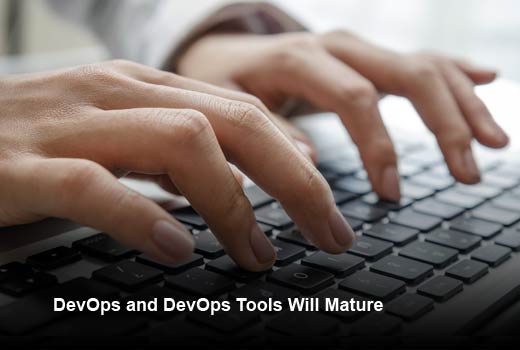According to the latest forecast from Gartner, Inc., global revenue in the business intelligence (BI) and analytics market will reach $16.9 billion in 2016, an increase of 5.2 percent from 2015. Machine analytics will be the fastest growing area of BI, which will have CAGR greater than 1000 percent. As digital transformation grows, so does the reliance on new software and architectures. Today, software is not only driving business processes, but entire business models, and the need to manage, monitor and troubleshoot applications in real time has never been more critical. Thus, the need for speed, full-stack visibility and agility — all in real time — is the true business demand underpinning the growth of machine data analytics.
In this slideshow, Ramin Sayar, president and CEO of Sumo Logic, offers the five trends he sees most impacting and shaping the world of machine data analytics.
Trends Reshaping Machine Data Analytics
Click through for five trends impacting and reshaping the world of machine data analytics, as identified by Ramin Sayer, president and CEO of Sumo Logic.
DevOps and DevOps Tools Will Mature
DevOps is primed to adopt a new breed of next-generation log and machine data analytics services that run at cloud-scale, employ predictive algorithms, and can seamlessly integrate with a host of DevOps tools across the entire pipeline — not just server container or infrastructure data — in order to dramatically improve the continuous integration and continuous deployment processes.
The Rise of ‘Extreme Architectures’
Historically, advancements in the capacity and processing power of microprocessors have served as a common metric for software advancement (e.g., Moore’s Law, in which microprocessor power doubles every two years). However, with today’s cloud infrastructure, the ability to “string together” thousands of microprocessors via virtualized servers obviates Moore’s Law. The most innovative CTOs will push for new, “extreme” software-based architectures to harness the processing power inherent in public or private cloud infrastructures to lessen traditional in-house data center constraints.
BI Value Shifts from Rear-View to Continuous
The tectonic shift to cloud-based platforms to increase speed and agility will change overall BI, from on-premise solutions delivering rear-window insights to solutions that deliver continuous intelligence in real time. By harnessing the insights inherent in real-time log data analytics, companies will have faster access to operational and customer data that can enable 24/7 innovation and help them sustain their competitive edge.
Security Operations to Invest More in System Intelligence
Through advancements in technology such as machine learning, data analytics are providing businesses newly found insights at a granular layer in the systems infrastructure. For security teams, analytics are giving way to new, faster intelligence around system and user anomalies, threat detection and breach alerts that will not only improve meantime to investigate (MTTI) / meantime to recovery (MTTR) speed, but also change the way security leaders think about security systems architectures for years to come.
Log Management Will Lead to Democratization of Analytics
The use of analytics to monitor, manage and gather insights from user, application or infrastructure logs will be the only near-perfect way to address the growing complexity of cloud and hybrid-cloud infrastructures. We’ve already seen vendor consolidation and are likely to see new vendors try and move into the logs analytics space. As such, this will increase organizational awareness of the value of log management to support application development, security and IT operational success. This will be the first sign of the democratization of analytics.








